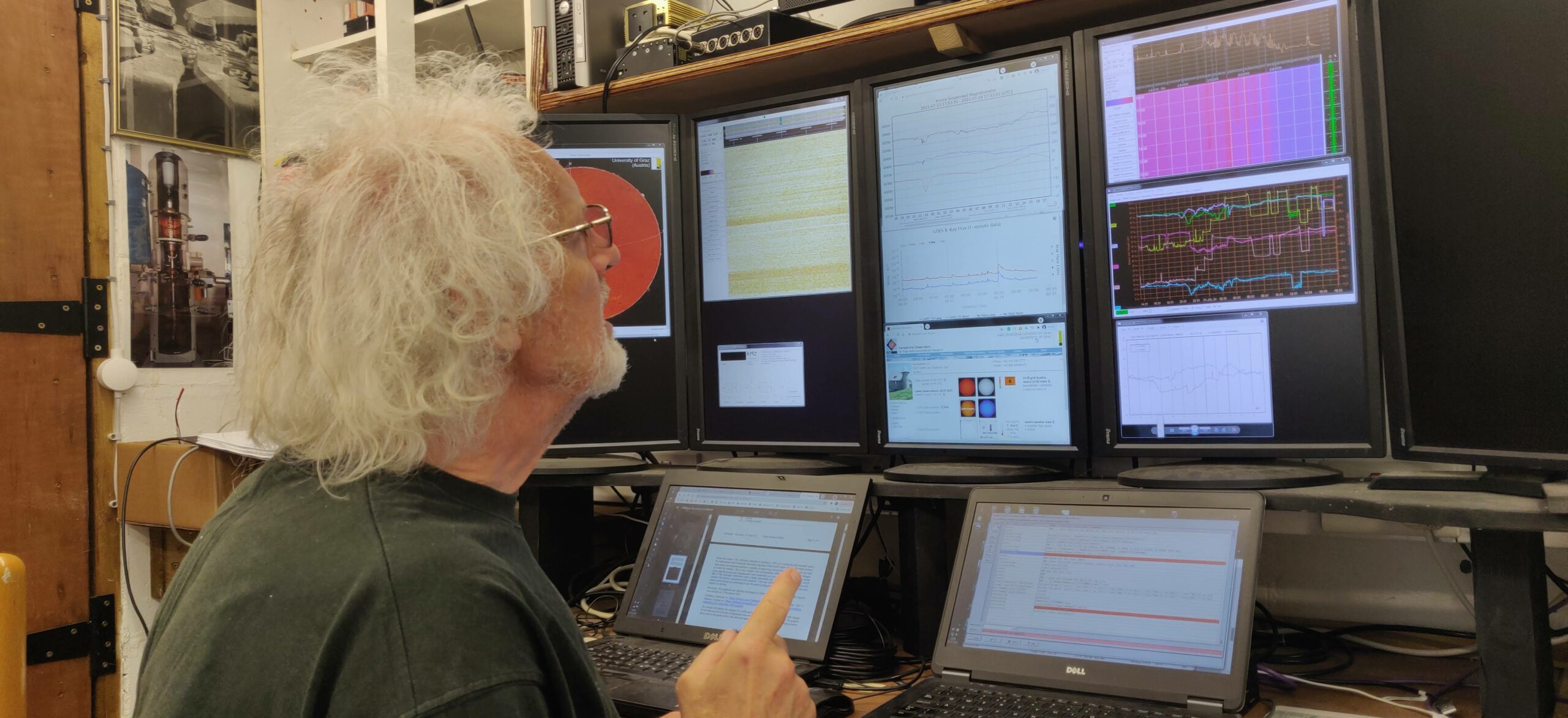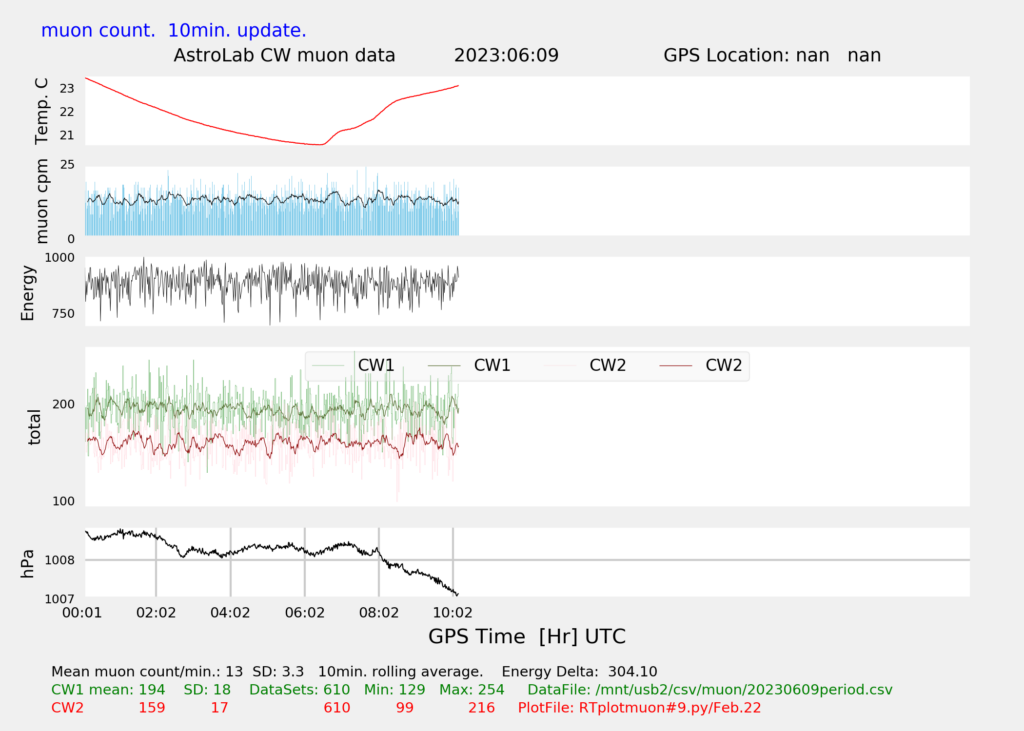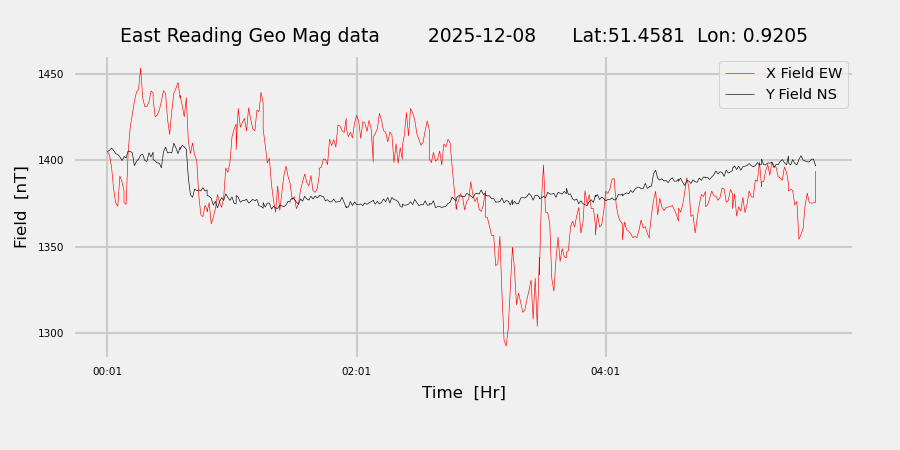
This is AstroLab
exploring the cosmos by radio…
More information will be added in due course, this is a new website, and still ‘under construction’ (May. 2022).
What Is Radio Astronomy?
You can read this page because your eyes detect the light reflected from it. (If you are reading this information on a computer screen, on the other hand, your eyes are probably detecting light radiated by it.) Light consists of electromagnetic waves. The different colors of light are electromagnetic waves of different lengths. Visible light, however, covers only a small part of the range of wavelengths in which electromagnetic waves can be produced. Radio waves are electromagnetic waves of much greater wavelength than those of light.
For centuries, astronomers learned about the sky by studying the light coming from astronomical objects, first by simply looking at the objects, and later my making photographs. Many astronomical objects emit radio waves, but that fact wasn’t discovered until 1932. Since then, astronomers have developed sophisticated systems that allow them to make pictures from the radio waves emitted by astronomical objects.
A number of celestial objects emit more strongly at radio than they do at visible wavelengths, so radio astronomy has produced many surprises in the last half-century. By studying the sky with both radio and optical telescopes, astronomers can gain a more nearly complete understanding of the processes at work in the Universe.
Courtesy of the National Radio Astronomy Observatory (NRAO), Socorro NM


